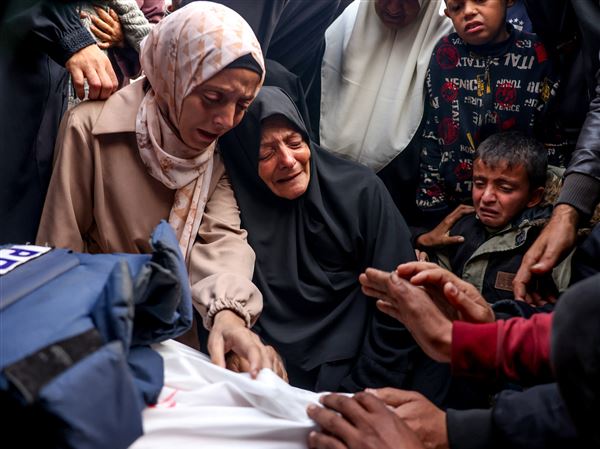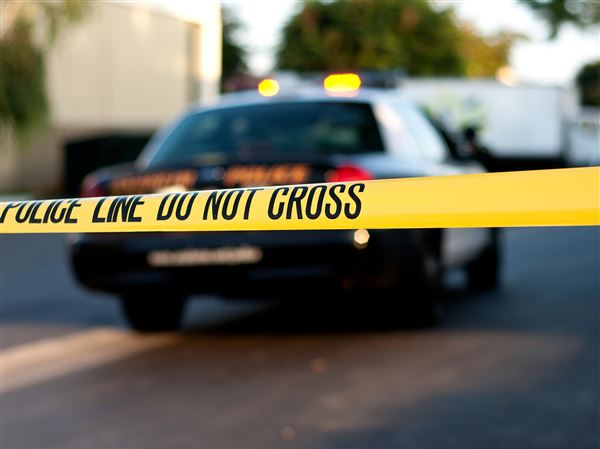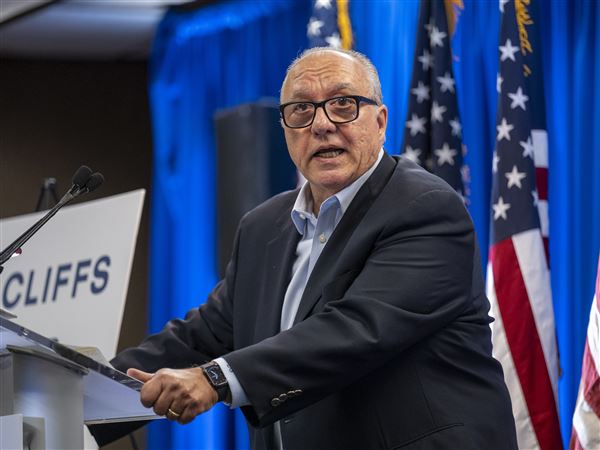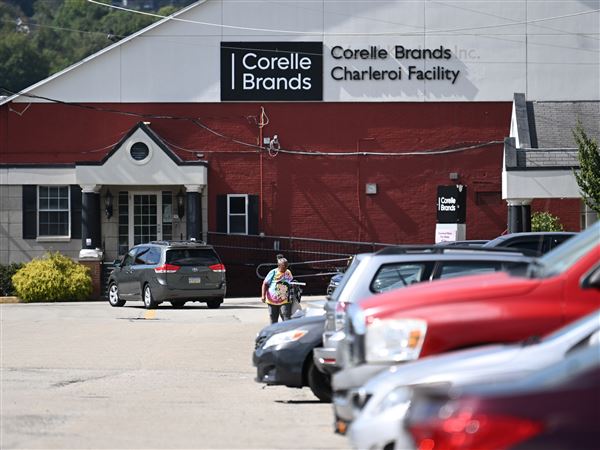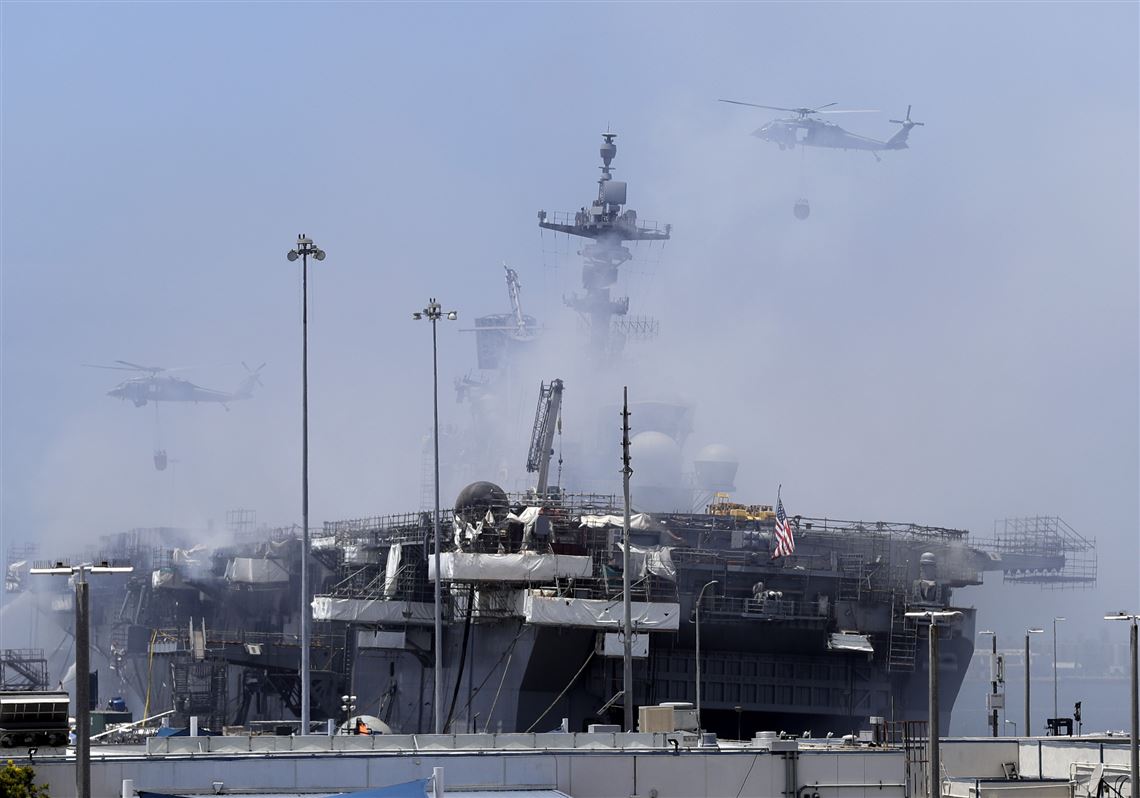WASHINGTON — More than a year after arson destroyed a Navy warship, service leaders said Wednesday they are making changes and increasing oversight to correct widespread failures that led to the scrapping of the USS Bonhomme Richard.
“I see the loss of the Bonhomme Richard as preventable and wholly unacceptable. The Navy is taking a hard look at our shortcomings,” said Adm. Bill Lescher, vice chief of naval operations. He said it was not just “happy talk.”
A new system of unannounced inspections has begun, Adm. Lescher told reporters, and disciplinary options are being considered for what a review concluded were widespread lapses in training, coordination, communication, fire preparedness, equipment maintenance and overall command and control.
“We are serious in doing thorough analysis to understand and improve the Navy, we’re holding leaders accountable for the deviation from standards that we see, and we’re on a clear path to drive learning and correction,” he said.
A report obtained by The Associated Press on Tuesday found that while the fire was deliberately set as the 840-foot amphibious assault vessel was docked in San Diego for a $250 million upgrade, it was lost due to repeated failures by an “inadequately prepared crew” unable to extinguish the blaze.
Navy leaders said Wednesday that a key finding showed that Navy crews are highly capable of fighting shipboard fires while at sea and in combat, but those skills decline when ships are docked for maintenance. The Bonhomme Richard was undergoing maintenance at the time of the fire.
“Where we’ve missed the opportunity is those high-risk situations in the maintenance environment or in the pierside environment where we have reduced manning in off hours or we have equipment that is unavailable due to maintenance or equipment that has been moved,” said Rear Adm. Paul Spedero Jr., who led a broad review that studied 15 shipyard fires over the past 12 years.
As a result of the review, he said crews will now be tested, trained and certified when they go into a maintenance phase, to ensure they are aware of the safety risks and how to mitigate them.
Vice Adm. Scott Conn., who led the review into the Bonhomme Richard fire response and wrote the final report, said changes, including increased training, must be made from the commanders down to the sailors on the deck.
“In times of crisis or combat, individuals or organizations are not going to rise to the level of our aspirations, they’re going to fall back to the level of training. And we need to ensure that our training is setting our people up for success,” said Vice Adm. Conn, deputy chief of naval operations for warfighting,
The Navy has set up a “Learning to Action Board” that will put in place recommendations from the report and other reviews. The Naval Safety Center, which has been led by a one-star admiral, will be headed by a two-star admiral and will have expanded staff and responsibilities.
The center has already done more than 170 unannounced or short-notice assessments of Navy units to ensure they are meeting safety standards.
Retired Navy Capt. Lawrence B. Brennan, a professor of international maritime law at Fordham University in New York, said the findings point to issues that the Navy has known about for decades.
“You can blame all the individuals you want but these are systemic problems,” he said. “Ships in the shipyard do not have adequate personnel or firefighting equipment to respond to the probable casualty. And this has been a long-standing problem.”
He said the loss of the Bonhomme Richard should force the Navy to better prepare its sailors to recognize the risks when a ship is docked. “It’s easy to spend time focusing on the arson allegation but that should not have resulted in the loss of any warship of this size,” he said.
Another maritime expert, Rod Sullivan, called the findings “chilling” for anyone who has served on a ship where fire is considered the worst enemy.
“If you’ve been on a ship and read this report, you’re astounded by the level of the lack of preparedness and by the ineffective action taken by anybody in the Navy to fight the fire,” Mr. Sullivan said.
The report spread blame across a wide range of ranks and responsibilities, from the now retired three-star admiral who headed Naval Surface Force Pacific Fleet, Vice Adm. Richard Brown, to senior commanders, lower ranking sailors and civilian program managers. Seventeen were cited for failures that “directly” led to the loss of the ship, while 17 others “contributed” to the loss of the ship. Two other sailors were faulted for not effectively helping the fire response. Of the 36, nine are civilians.
The report directly faulted the ship’s three top officers — Capt. Gregory Thoroman, the commanding officer; Capt. Michael Ray, the executive officer; and Command Master Chief Jose Hernandez — for not effectively ensuring the readiness and condition of the ship.
When the fire broke out, about 115 sailors were on board,. Nearly 60 were treated for heat exhaustion, smoke inhalation and minor injuries. Due to the damage, the Navy decommissioned the ship in April. In August, Seaman Apprentice Ryan Mays was charged with aggravated arson and the willful hazarding of a vessel. He has denied setting the fire.
Fully repairing the USS Bonhomme Richard to warfighting capabilities would have cost $2.5 billion to $3 billion and taken five years to seven years, according to the Navy.
Associated Press writer Julie Watson in San Diego contributed to this report.
First Published: October 20, 2021, 8:04 p.m.

